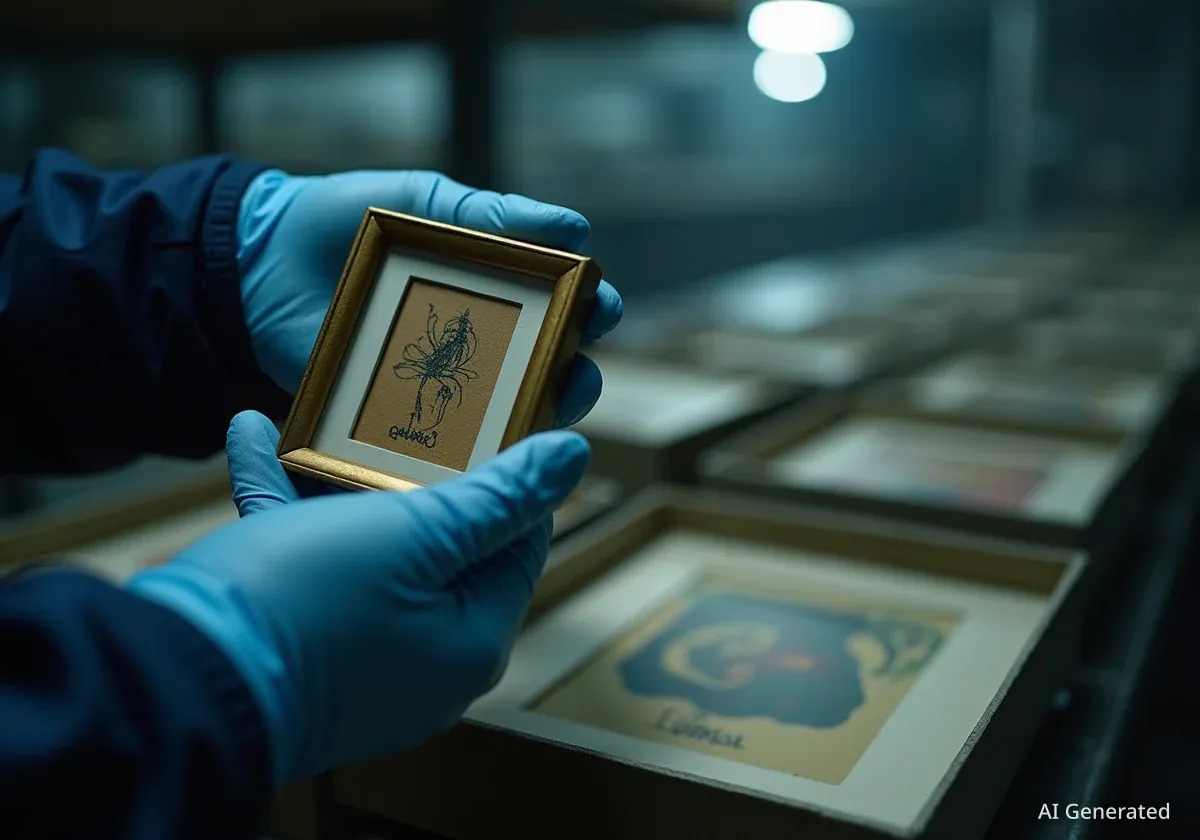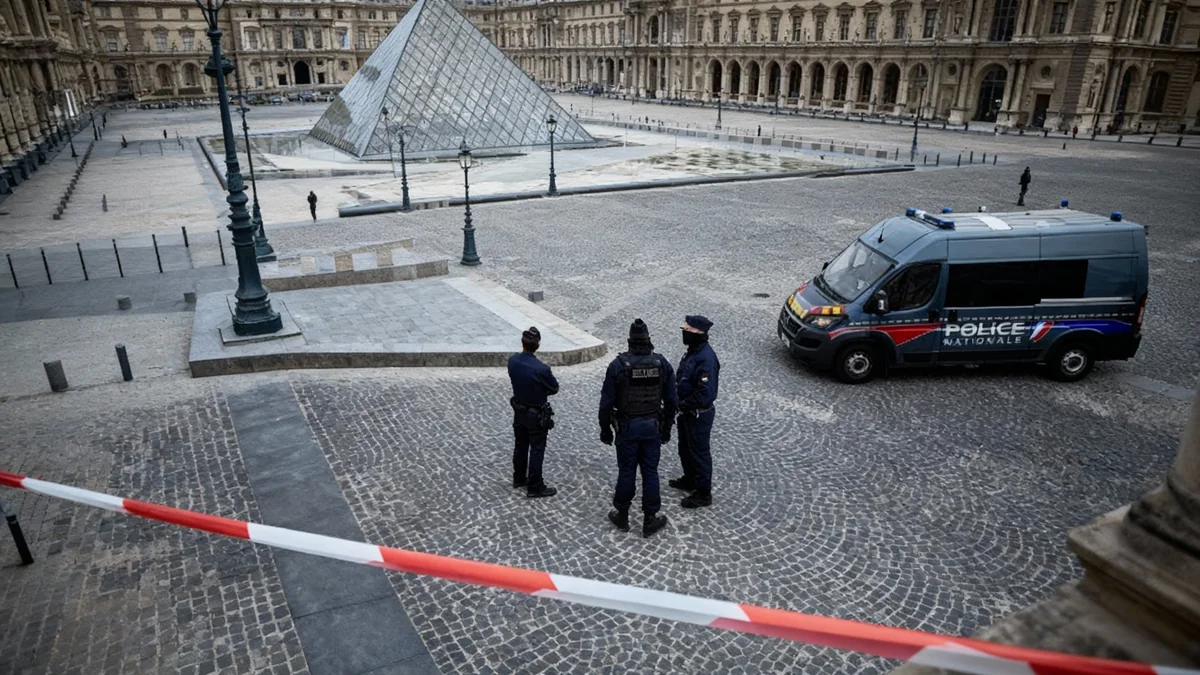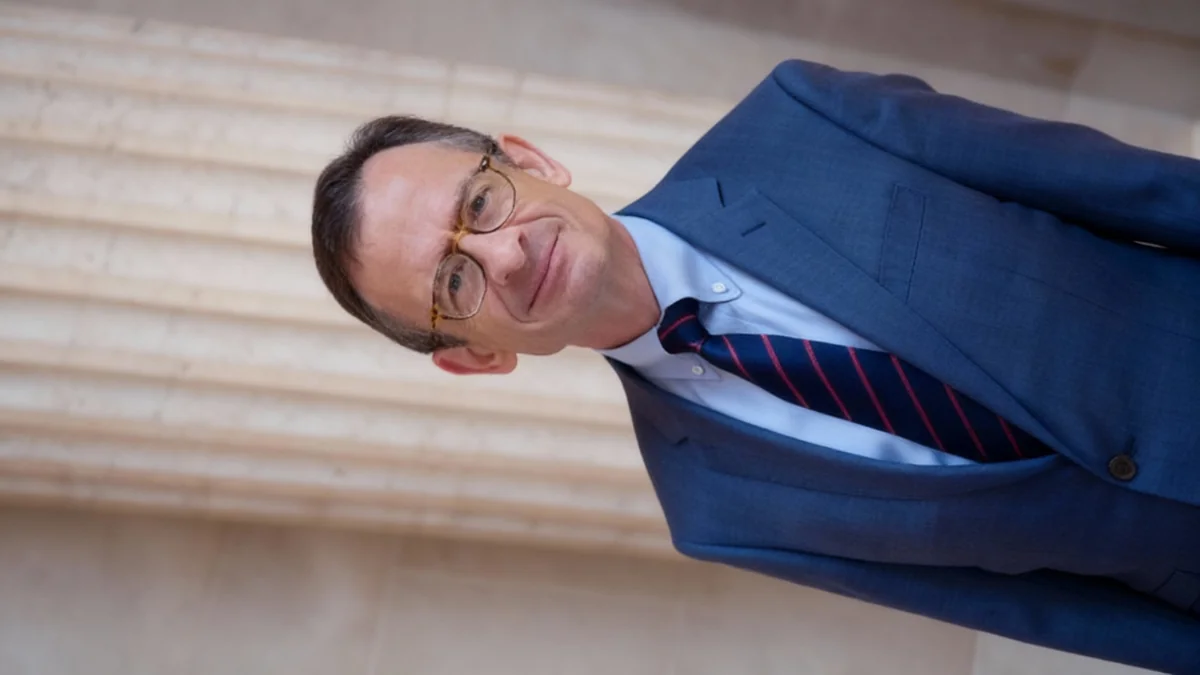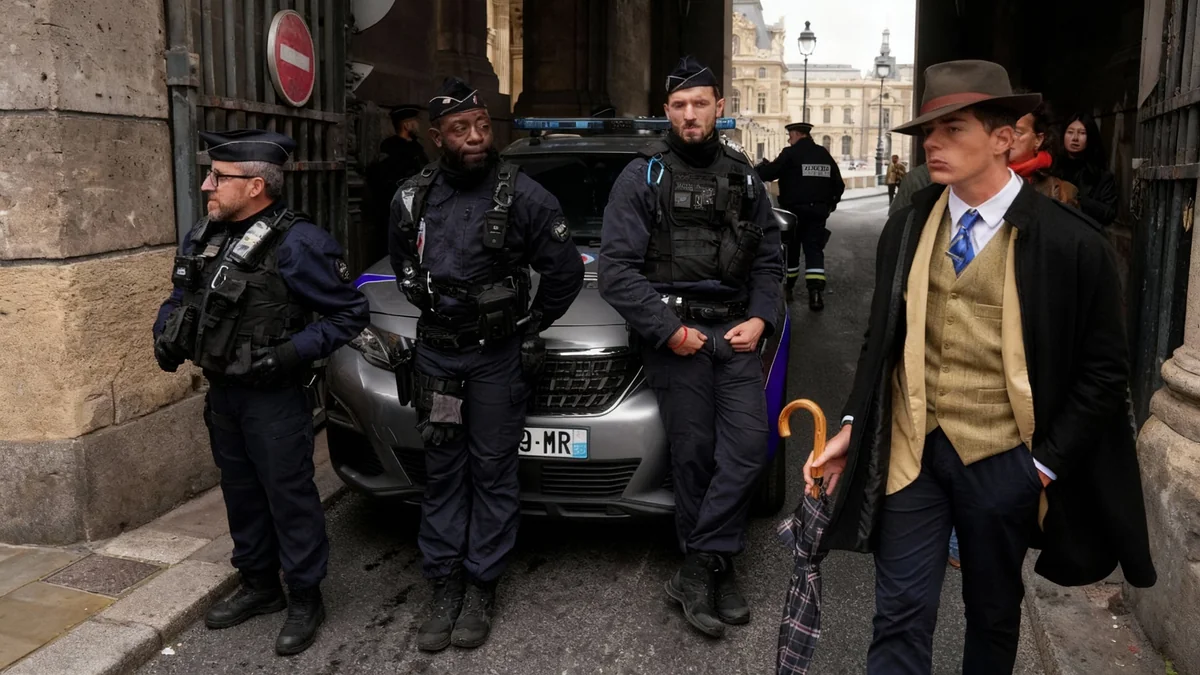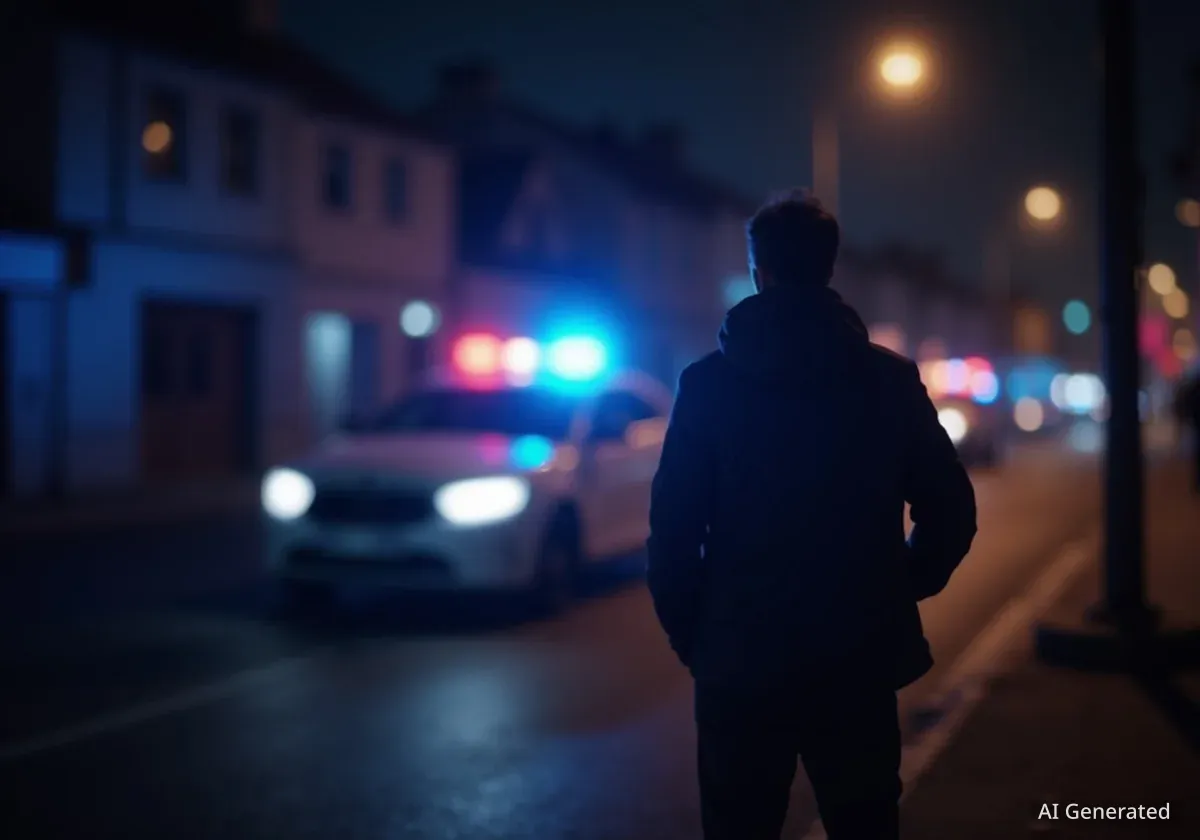Italian authorities have seized 21 artworks attributed to the surrealist master Salvador Dalí from an exhibition in Parma. The raid, conducted on Wednesday by the nation's specialized art heritage police, targeted pieces believed to be forgeries that were part of a traveling exhibit.
The operation is connected to a broader investigation into a sophisticated art forgery network operating across Europe. The seized items include a range of media, from drawings and engravings to tapestries.
Key Takeaways
- 21 artworks attributed to Salvador Dalí were seized by Italian Carabinieri in Parma.
- The pieces were part of an exhibition titled ‘Salvador Dali: Between Art and Myth’.
- The seizure follows concerns raised by the artist's estate about “anomalies” in the collection.
- This action is part of a larger investigation into a European forgery ring also suspected of faking works by Picasso, Warhol, and Banksy.
- Despite the seizures, the exhibition's organizers have stated it will continue.
Exhibition Under Scrutiny
The targeted exhibition, ‘Salvador Dali: Between Art and Myth,’ recently opened in Parma on September 27 and was scheduled to run until February. However, suspicions about the collection's authenticity were first raised earlier this year.
The collection was previously displayed in Rome from January to July. It was during its time in the Italian capital that representatives from the Dalí estate noticed several irregularities among the pieces. These concerns were subsequently communicated to the authorities, prompting an official investigation.
The Role of Artist Estates
Artist estates and foundations play a crucial role in authenticating artworks and protecting an artist's legacy. They often hold extensive archives, including records of works, sales, and provenance, making them key players in identifying potential forgeries.
The Parma exhibition featured a diverse collection of items attributed to Dalí, including not only drawings and engravings but also tapestries and various other objects. The 21 seized pieces represent a significant portion of the displayed works.
The Carabinieri's Art Recovery Unit
The raid was carried out by Italy’s Carabinieri Command for the Protection of Cultural Heritage. This highly specialized police force is renowned globally for its expertise in combating art crime, including theft, illegal excavation, and forgery.
Established in 1969, the Carabinieri's art squad was the first of its kind in the world. It maintains the largest international database of stolen art, containing information on over 1.3 million missing objects.
According to statements from the Carabinieri, the tip-off regarding the potential forgeries came last year. This information pointed towards a large-scale criminal network involved in producing and distributing fake artworks throughout Europe. The investigation has expanded beyond Dalí to include some of the most prominent names in modern art.
A Wider Forgery Network
Authorities have indicated that the Parma seizure is a component of a much larger, ongoing operation. The criminal organization under investigation is believed to be responsible for creating forgeries of works by several iconic artists.
The list of artists whose work has allegedly been forged by this network includes:
- Pablo Picasso
- Andy Warhol
- Banksy
- Salvador Dalí
This wide range of artists, spanning different movements from Cubism and Pop Art to Surrealism and Street Art, suggests a highly skilled and versatile forgery operation. The high market value of these artists' works makes them prime targets for counterfeiters.
Legal Proceedings and Future of the Exhibition
Despite the police raid and the seizure of key pieces, the exhibition's ticketing office has stated that the show will go on. It remains unclear how the absence of the 21 works will affect the visitor experience or the narrative of the exhibition.
Carabinieri officials stressed that the seized artworks are the subject of a preliminary investigation and that the presumption of innocence will be maintained until a final verdict is reached.
The legal process will now focus on authenticating the seized items. This typically involves a multi-faceted approach, including stylistic analysis by art historians, provenance research to trace the ownership history of each piece, and forensic testing of materials like paper, ink, and paint to determine their age and composition.
The outcome of this investigation could have significant implications for the art market, potentially uncovering more fakes and leading to further arrests. For now, the focus remains on determining whether the 21 pieces are genuine works by Dalí or elaborate imitations produced by a European forgery ring.
